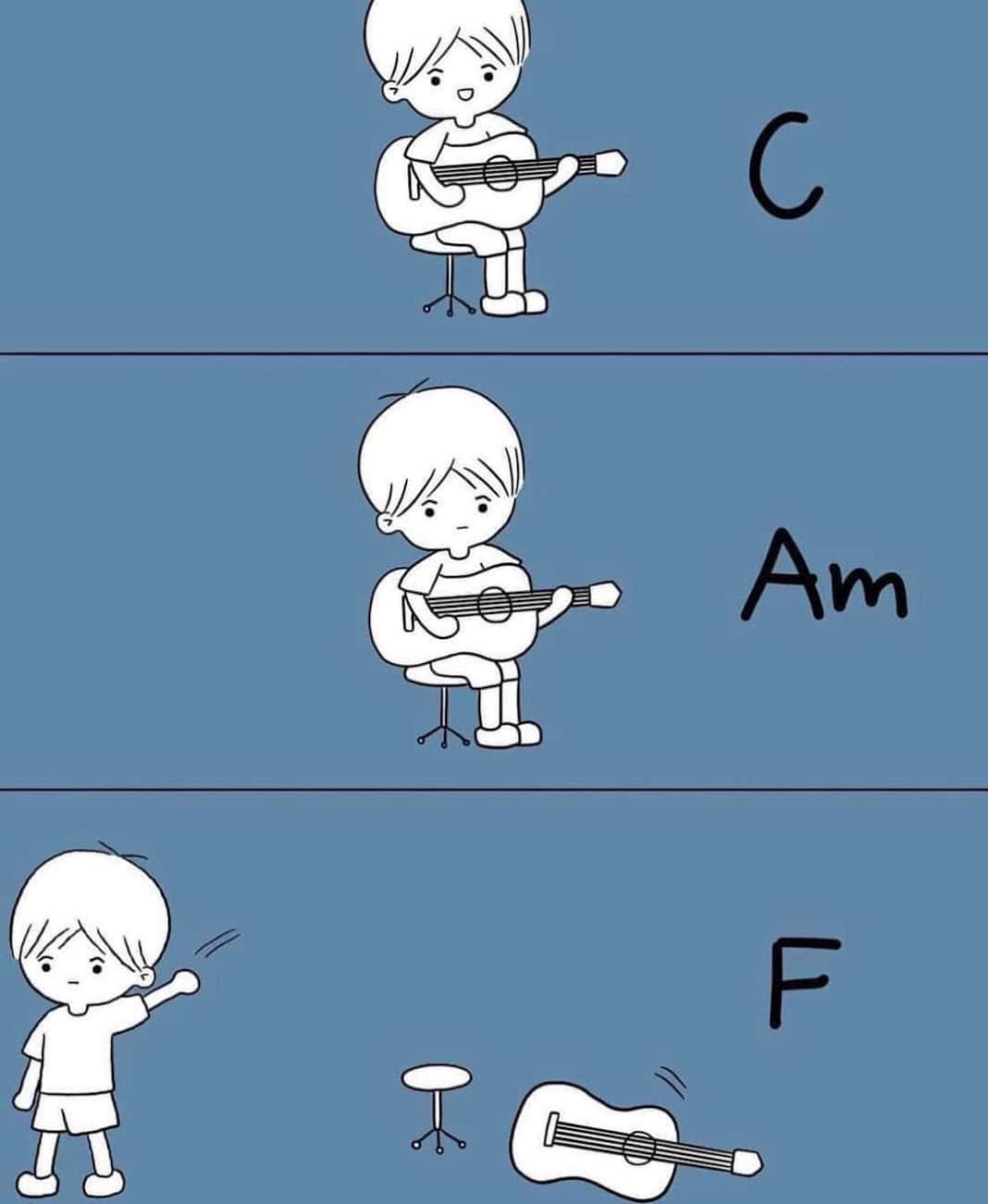
Level 1 thinking takes no effort and represents a lazy approach to understanding a complex world. Level 3 thinking assumes a level of calm and maturity that few can achieve in these stressful times. Both extremes represent a minority of our peers. Level 2 thinking is the most common and most comfortable path. Our unconscious biases are confirmed, and ambiguity disappears. Black or white is much easier than grey.
Dichotomies are soothing because you can pick a side – right/wrong, left/right, good/bad, us/them, good/bad, or whatever opposites make debate disappear. The richness of debate is the casualty. Weighing character, passion, and facts is hard work. Level 1 and 2 thinking rely heavily on passion. Level 3 thinking sits atop a platform of character and facts.
Level 3 thinking thrives in the grey area. Its foundation is the acknowledgement that we don’t know the answer. It is voluntary ignorance. As opposed to the lack of homework characterizing Level 1 thinking, it represents an acknowledgement that we never truly know what motivates other people. Without their context and history, we have no basis for judgement.
The trick is to ignore your initial reaction, which is usually burdened by bias. Next, widen the lens and introduce wonder. Open your brain to all possible explanations for the words or actions you are questioning. Exit the orbit of your own little universe and enter the alien world of someone else’s. Then recalibrate.
Questions are more valuable than answers. But discovery only results from exploration. Discomfort is a reasonable price to pay for learning.

